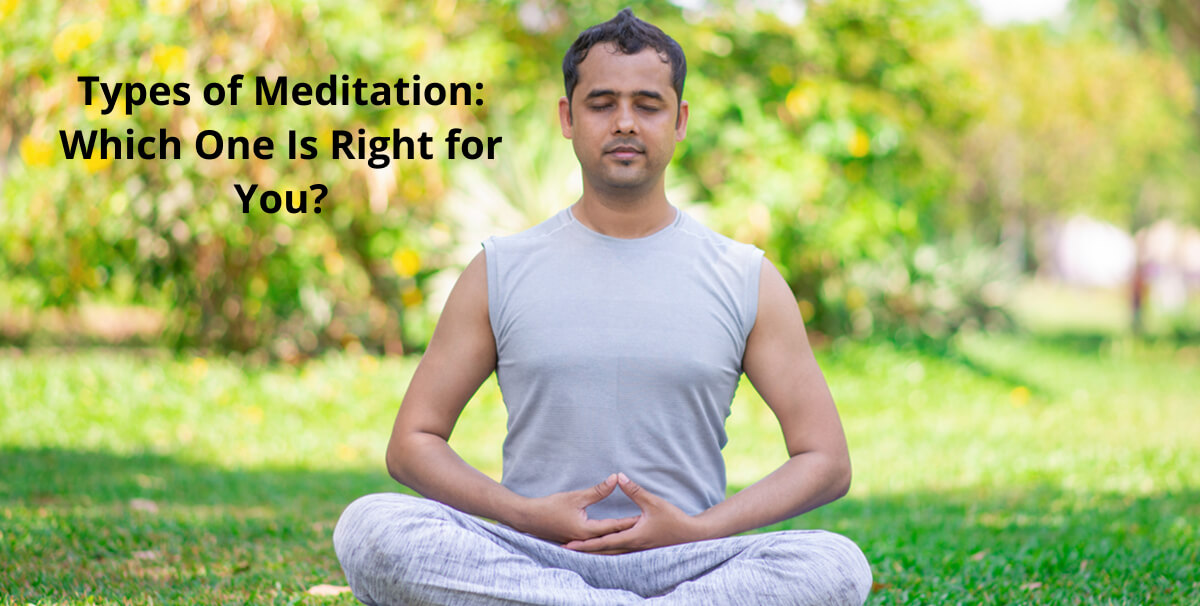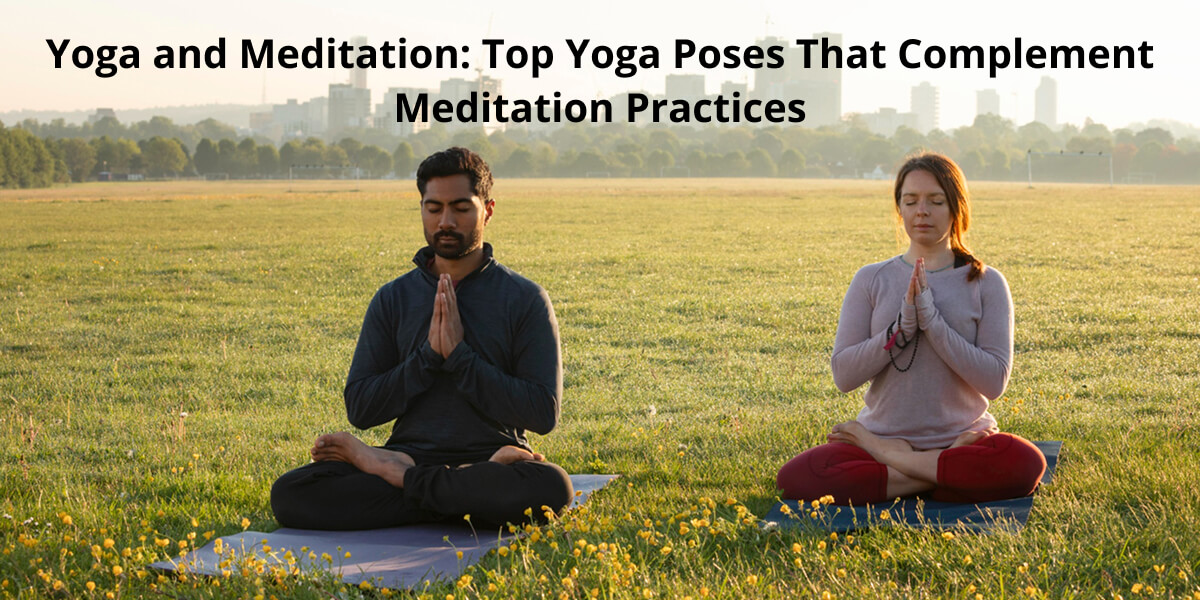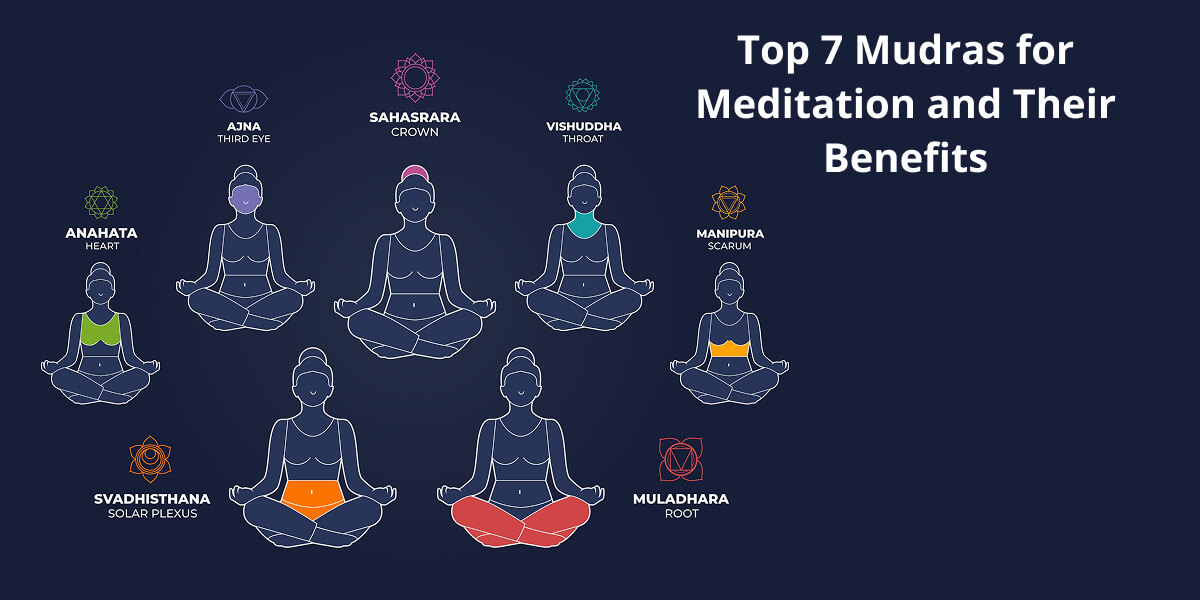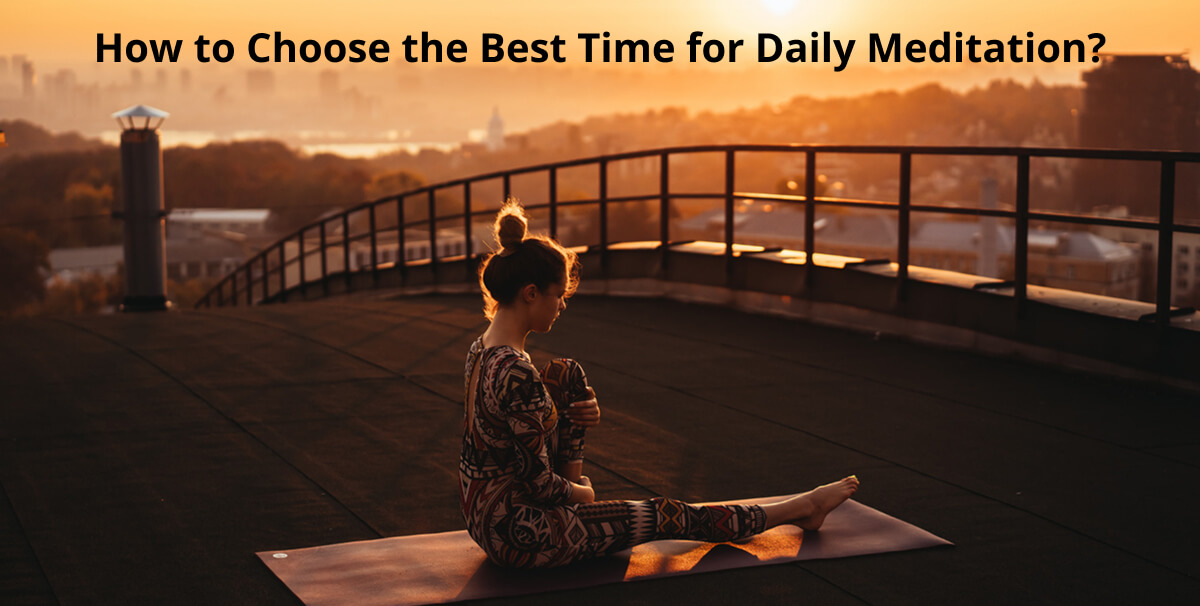
Types of Meditation: Which One Is Right for You?
Table of Contents
Meditation comes in many forms, each designed to help calm the mind, center the body, and nurture inner awareness. While the core intention is the same—to create space for stillness and presence—the techniques can feel very different depending on the practice.
Some types focus on mindfulness and observation, others on movement or sound, and some on cultivating compassion or spiritual growth. The key is that there’s no single “best” way to meditate—what works for one person may not work for another.
That’s why it’s helpful to explore the different approaches and find the one that feels most natural and sustainable for your lifestyle.
What Is Meditation?
Meditation is often thought of as simply “sitting quietly,” but at its core, it’s a practice of training the mind to focus, find stillness, and become more aware of the present moment. It’s less about stopping thoughts altogether and more about observing them without judgment.
Across cultures and traditions, meditation has been used for centuries as a tool for reducing stress, enhancing clarity, and deepening self-understanding. It can be spiritual, secular, or simply a way to pause on a busy day.
No matter the form, meditation creates space between you and the constant noise of daily life, helping you reconnect with yourself in a calmer, more intentional way.
Related Blog: How to Do Meditation: A Step-by-Step Guide for Beginners
Why Try Different Types of Meditation?
Not all meditation styles feel the same, and that’s what makes exploring them so rewarding. Some techniques are simple and breath-focused, while others use movement, sound, or visualization to guide the mind. Each approach taps into a different way of calming stress, improving focus, or building emotional resilience.
Trying different types of meditation allows you to discover which practice best fits your personality, goals, and lifestyle. For example, someone who struggles to sit still may find moving meditations more natural, while others might connect deeply with silence or mantra-based practices.
By experimenting, you give yourself the chance to find a method that doesn’t just feel effective, but also enjoyable—something you’ll want to return to consistently.
The Major Types of Meditation Practices
Meditation isn’t a one-size-fits-all practice—there are many different methods, each with its own focus and benefits. Some practices emphasize awareness of the present moment, while others use sound, visualization, or movement to create a sense of calm and connection. By learning about the major types, you can begin to identify the approach that resonates most with your needs.
Whether your goal is to reduce stress, deepen spiritual growth, improve focus, or simply find moments of peace in a busy day, exploring the variety of meditation styles can help you create a practice that feels both natural and rewarding.
1. Mindfulness Meditation
Rooted in Buddhist traditions, mindfulness meditation is one of the most widely practiced forms in the world today. It involves paying close attention to your breath, bodily sensations, and thoughts as they arise—without judgment. The aim is to cultivate awareness of the present moment.
This practice helps reduce stress, increase focus, and improve emotional regulation. Many beginners find mindfulness approachable because it requires no special tools—just an open mind and willingness to observe.
2. Transcendental Meditation (TM)
Transcendental Meditation is a structured practice that uses the silent repetition of a mantra—often a sound or phrase—to quiet the mind. Practitioners typically meditate twice a day for about 20 minutes.
TM is especially popular for its scientifically studied benefits, such as lowering blood pressure, reducing anxiety, and improving overall well-being. Because it follows a set technique, many people find it easy to stick with.
3. Loving-Kindness Meditation (Metta)
Also known as Metta Bhavana, this practice focuses on cultivating compassion and unconditional love—first for yourself, then for others, and eventually for all beings. It usually involves silently repeating phrases of goodwill.
Loving-kindness meditation is particularly effective in fostering empathy, improving relationships, and easing feelings of anger or resentment. It’s a powerful way to soften the heart while reducing stress and anxiety.
4. Zen Meditation (Zazen)
Originating from Zen Buddhism, Zazen emphasizes seated meditation with a focus on posture and breath. The goal is often to simply “sit” and observe thoughts and sensations without attachment.
Zen meditation can be more disciplined than other forms, but many find its simplicity grounding. It encourages deep stillness and insight, often practiced in silence or within a structured group setting.
5. Vipassana Meditation
Vipassana, which means “insight” in Pali, is one of the oldest meditation practices from India. It involves observing bodily sensations and mental processes to gain deep self-awareness and insight into impermanence.
This technique is often taught in intensive silent retreats and can be transformative. Practitioners report profound clarity, emotional release, and a greater sense of acceptance.
6. Mantra Meditation
Similar to TM but more flexible, mantra meditation involves repeating a chosen word, phrase, or sound to focus the mind. The mantra can be spiritual (like “Om”) or personal.
The repetition anchors attention, reducing distractions and creating a sense of calm. Mantra meditation is particularly useful for people who struggle with “monkey mind” or constant racing thoughts.
7. Chakra Meditation
This practice comes from yogic traditions and focuses on the body’s seven main energy centers, or chakras. Practitioners use visualization, sound, or breath to clear blockages and restore balance.
Chakra meditation is often paired with guided imagery or chanting, making it a more sensory-rich experience. It’s popular among those interested in spiritual growth and energy healing.
8. Yoga Meditation
While yoga is often seen as a physical practice, it traditionally includes meditation as a core element. Through poses, breathwork, and concentration, yoga meditation prepares the body and mind for deeper stillness.
This type is ideal for those who find it hard to sit still, as the physical movement helps release tension before entering meditative awareness. It unites body, breath, and mind.
9. Body Scan Meditation
This form of meditation involves mentally scanning the body from head to toe, bringing awareness to areas of tension and encouraging relaxation. It’s often practiced lying down.
Body scan meditation is excellent for stress relief, sleep support, and reconnecting with the body. It’s simple yet effective, especially for those dealing with chronic pain or anxiety.
10. Walking Meditation
Instead of sitting still, walking meditation turns the act of moving into a mindfulness practice. Each step is taken slowly and deliberately, with attention on the sensations of movement and the rhythm of breath.
Walking meditation is particularly helpful for people who feel restless when sitting. It’s grounding, energizing, and can easily be incorporated into daily life.
Related Blog: Top 7 Mudras for Meditation and Their Benefits
How to Choose the Right Type of Meditation for You?
Finding the right type of meditation isn’t about following the trendiest method—it’s about discovering what feels natural, enjoyable, and sustainable for you. Since meditation is a personal practice, the style that works best often depends on your lifestyle, personality, and what you hope to gain from it.
Some people thrive in silence, while others need structure or movement to stay engaged. By considering your goals, preferences, and daily habits, you can choose a meditation style that not only supports your well-being but also becomes a lasting part of your routine.
Key Considerations:
- Your Goals – Are you seeking stress relief, emotional healing, spiritual growth, or better focus? Different practices align with different intentions.
- Personality Type – Do you prefer stillness and silence, or do you feel more at ease with movement, sound, or guided practices?
- Time Commitment – Some styles (like body scans) can be done in minutes, while others (like Vipassana) require longer or retreat settings.
- Structure vs. Flexibility – Do you want a structured technique with clear steps (like TM) or an open practice (like mindfulness)?
- Spiritual vs. Secular Approach – Consider whether you want meditation to be purely practical or connected to spiritual traditions.
- Physical Comfort – If sitting still feels difficult, you might benefit from walking meditation or yoga-based practices.
- Learning Style – Some practices are easier with guidance (e.g., chakra meditation or yoga nidra), while others can be self-taught.
- Consistency – Choose a style you can realistically commit to daily, even if only for a few minutes.
Benefits of Practicing Meditation Regularly
Meditation is more than just a way to relax—it’s a practice that transforms both the mind and body when done consistently. Over time, even just a few minutes a day can create lasting changes in how you handle stress, connect with others, and experience daily life.
Scientific studies and centuries of tradition both point to meditation’s wide range of benefits, from improved focus and emotional balance to better physical health. The key is regular practice, as the effects build and deepen over time.
Key Benefits:
- Reduces Stress and Anxiety – Calms the nervous system and lowers cortisol levels.
- Improves Focus and Concentration – Trains the mind to stay present and sharp.
- Supports Emotional Balance – Helps regulate emotions and reduces negative thought patterns.
- Enhances Self-Awareness – Builds mindfulness and a deeper understanding of yourself.
- Boosts Mental Clarity and Creativity – Frees up mental space for fresh ideas and problem-solving.
- Promotes Better Sleep – Eases restlessness and prepares the body for deep rest.
- Lowers Blood Pressure and Supports Heart Health – Reduces strain on the cardiovascular system.
- Increases Compassion and Kindness – Strengthens empathy and positive relationships.
- Helps Manage Pain – Improves tolerance and reduces perception of chronic pain.
- Builds Resilience – Cultivates calmness and inner strength during life’s challenges.
Related Blog: 10 Benefits of Meditation for Mind, Body, and Soul
FAQs About Types of Meditation
Q1. How long should I meditate daily?
There’s no fixed rule, but even 5–10 minutes a day can make a noticeable difference when practiced consistently. As you grow more comfortable, you may naturally extend your sessions to 20 minutes or more. The key is regularity, not duration.
Q2. Do I need a teacher to practice meditation?
Many meditation types—like mindfulness, body scans, or walking meditation—can be learned on your own through apps, books, or videos. However, for more structured practices like Transcendental Meditation, having a trained teacher can provide clarity and support.
Q3. Can I combine different types of meditation?
Yes! Many people blend techniques based on their needs and moods. For example, you might practice mindfulness during the day and use a body scan before bed. Combining approaches can make meditation more flexible and enjoyable.
Q4. Is meditation religious?
Meditation has roots in spiritual traditions like Buddhism and Hinduism, but it doesn’t have to be religious. Many modern practices are completely secular, focusing on health, relaxation, and mental clarity. You can adapt meditation to fit your own beliefs.
Q5. Which meditation is best for beginners?
Mindfulness meditation is often recommended for beginners because it’s simple, practical, and requires no special tools. Body scan and breathing-focused practices are also easy entry points, helping you build a consistent habit without feeling overwhelmed.
Conclusion
Meditation is a deeply personal journey, and the beauty of it lies in its variety. From stillness to movement, from silence to sound, there’s a practice suited for every personality, lifestyle, and goal.
By exploring different types and finding the one that feels natural, you can create a meditation practice that not only supports your mental and physical well-being but also becomes a grounding part of your daily life.
Begin Your Meditation Journey with Expert Guidance from Mrunal Pawar
Starting a meditation practice can feel overwhelming with so many techniques to choose from, but you don’t have to do it alone. Having the right guidance makes it easier to discover what truly works for you and build a routine that lasts.With expert support from Mrunal Pawar, you can explore different meditation styles, learn practical techniques, and receive personalized guidance to begin your journey with clarity and confidence.





